With the solstice now past and the deep of summer ahead of the prow, it seemed like a good point to assess the year so far.
The start to the 2021 growing season was auspiciously benign by comparison with a number of recent years. Green-up was long but steady -- a pleasant contrast to the extremely cold late-Springs we’ve seen in the past half-decade when tree-buds only broke in the third or fourth week of May.
The slow warm-up made for good results from the early-season vegetables, with the single exception of peas. Having been planted into delightfully dry and workable soil in mid-April, they sat for nearly two and a half weeks before receiving any appreciable moisture, and their germination reflected it. So, unfortunately, there will be no peas in the vegetable share this year. Otherwise though, planting was – by contrast to Springs in the late Teens -- blessedly uneventful, with warm soils allowing good tilth, and enough moisture during May to germinate carrots, beets, scallions, corn, beans and vining crops.
June’s early, dry heat was a challenge for the lettuce and radishes, both of which were inclined to bolt earlier than usual. Steady irrigation from our water catchments countered some of that. On them up-side, the drought in June seems to have so far kept insect populations – barring the ubiquitous potato beetle, of course -- in check. We’ll see how this plays out now that a significant change for the rainier has commandeered the month’s final week.
Read More
